Tips to Increase Your Cannabis Yield When Growing Outdoors
How to Increase Your Cannabis Yield When Growing Outdoors? It is by far the most frequently asked question from novice growers to our master growers. Unfortunately, there is no magic wand with which you can easily manage this but we can give you plenty of tips to make it happen. Of course, it works best if you start with this before you start growing, because good preparation is one of the most important factors that will determine the final yield. But also during the growing and flowering phase, you can apply more yield-enhancing techniques than just giving more nutrients. Because just giving more nutrients often results in less than more yield!Growing cannabis outdoors is a rewarding experience that can yield high-quality plants if done correctly. Outdoor cultivation allows your plants to thrive in natural sunlight and take advantage of the natural elements. However, maximizing your cannabis plant yield requires strategic planning and proper care. In this blog, we give you the best tips for increasing yield both before and during your grow.
Good preparation is half the job to Increase Your Cannabis Yield
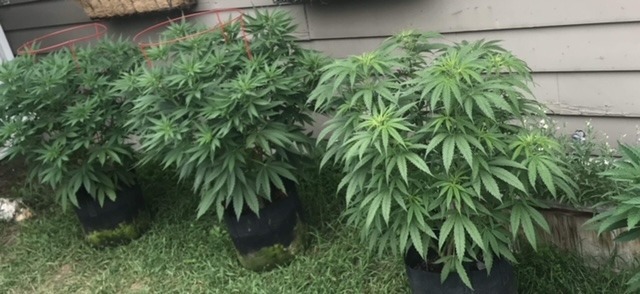
1. Choose the Right Strain
Selecting High-Yield Strains
The first step to ensuring a bountiful harvest is selecting the right strain. Different cannabis strains have varying yield potentials, and some are better suited for outdoor growing conditions than others. Research and choose high-yielding strains that are known for their robustness and ability to thrive outdoors. Here are some popular high-yield strains:
- Orange Dream: Known for its high yield and resistance to mold and pests.
- Critical XL: As the name suggests, this strain produces large buds and has a high yield.
- Amnesia Haze: This strain is renowned for its high yield and potent effects.
- Gelato Olandese: A high-yielding strain that is easy to grow and offers a strong, energetic high.
Consider Climate and Growing Conditions
When choosing a strain, consider the climate and growing conditions of your region. Some strains are better suited for cooler climates, while others thrive in warmer, more humid environments. Indica strains are generally more resilient to colder temperatures, while Sativa strains prefer warmer climates. Hybrid strains can offer a balance and adaptability to different conditions.
Feminized Seeds and Autoflowering Varieties
To maximize yield, consider using feminized seeds, which ensure that you grow female plants that produce the buds. Autoflowering varieties are another option; they flower based on age rather than light cycles, allowing for multiple harvests in a single growing season.
2. Optimize Soil and Nutrients to Increase Your Cannabis Yield
Soil Preparation
The quality of the soil is crucial for the growth and yield of your cannabis plants. Cannabis plants require well-draining soil rich in organic matter. Here’s how to prepare the soil:
- Test the Soil: Conduct a soil test to determine its pH and nutrient levels. Cannabis plants prefer a slightly acidic pH of 6.0 to 7.0.
- Amend the Soil: Add organic matter such as compost, aged manure, and worm castings to improve soil structure and fertility.
- Ensure Proper Drainage: Cannabis plants don’t like waterlogged soil. Add perlite or vermiculite to enhance drainage.
Nutrient Management
Providing the right nutrients at the right time is essential for maximizing yield. Cannabis plants require three primary macronutrients: nitrogen (N), phosphorus (P), and potassium (K). Here’s a basic nutrient schedule:
- Vegetative Stage: High nitrogen levels are essential for leaf and stem development. Use a balanced fertilizer with a higher N ratio, such as 3-1-2.
- Flowering Stage: Increase phosphorus and potassium levels to support bud development. Use a fertilizer with a higher P and K ratio, such as 1-3-2.
In addition to macronutrients, cannabis plants also need micronutrients like calcium, magnesium, and sulfur. Consider using organic fertilizers and amendments, such as bone meal, blood meal, and kelp meal, to provide a balanced nutrient profile.
Avoid Overfeeding
Overfeeding can lead to nutrient burn, which can damage your plants and reduce yield. Follow the recommended feeding schedule and observe your plants for signs of nutrient deficiencies or excesses. Always start with lower doses and gradually increase as needed.
3. Implement Proper Watering Techniques to Increase Your Cannabis Yield
Watering Frequency and Amount
Proper watering is critical for the health and yield of your cannabis plants. Overwatering can lead to root rot, while underwatering can stress the plants and stunt their growth. Here’s how to manage watering:
- Watering Frequency: Water your plants when the top inch of soil feels dry. During hot and dry periods, you may need to water more frequently.
- Deep Watering: Water deeply to encourage deep root growth. Ensure that water reaches the root zone by watering slowly and allowing it to penetrate the soil.
- Avoid Watering in the Evening: Watering in the evening can increase humidity levels, leading to mold and mildew issues. Water in the early morning or late afternoon instead.
Mulching
Mulching helps retain soil moisture, regulate temperature, and suppress weeds. Use organic mulch such as straw, wood chips, or leaves around the base of your plants. Mulch also adds organic matter to the soil as it decomposes, improving soil fertility.
Drip Irrigation
Consider using a drip irrigation system to provide consistent moisture to your plants. Drip irrigation delivers water directly to the root zone, reducing water waste and preventing soil erosion. It also keeps the foliage dry, reducing the risk of mold and mildew.
4. Maximize Sunlight Exposure to Increase Your Cannabis Yield
Strategic Planting
Cannabis plants need ample sunlight to produce high yields. Choose a planting location that receives at least 6-8 hours of direct sunlight per day. South-facing slopes are ideal for maximizing sunlight exposure.
Pruning and Training
Pruning and training techniques can help optimize light penetration and airflow, leading to higher yields. Here are some common methods:
- Topping: Remove the top of the main stem to encourage lateral growth and create multiple colas. This technique increases bud sites and improves light distribution.
- Low-Stress Training (LST): Bend and tie down branches to create a flat canopy. LST allows light to reach lower bud sites and promotes even growth.
- Lollipopping: Remove lower branches and leaves that receive little light. This directs the plant’s energy to the top buds, resulting in larger and denser flowers.
Reflective Surfaces
Using reflective surfaces around your garden can help increase light exposure. White walls, reflective tarps, or mylar sheets can bounce light onto your plants, ensuring they receive maximum sunlight.
5. Protect Against Pests and Diseases
Integrated Pest Management (IPM)
Pests and diseases can significantly reduce your cannabis yield. Implementing an Integrated Pest Management (IPM) strategy can help keep your plants healthy and productive. Here’s how to manage pests and diseases:
- Monitor Regularly: Inspect your plants regularly for signs of pests and diseases. Early detection allows for prompt action.
- Use Beneficial Insects: Introduce beneficial insects such as ladybugs, predatory mites, and nematodes to control pest populations.
- Organic Pesticides: Use organic pesticides like neem oil, insecticidal soap, and diatomaceous earth to manage pests without harming the environment.
- Companion Planting: Planting companion plants such as marigolds, basil, and garlic can help repel pests and attract beneficial insects.
Disease Prevention
Preventing diseases is easier than treating them. Here are some tips to keep your plants disease-free:
- Proper Spacing: Space your plants adequately to ensure good airflow and reduce humidity levels.
- Sanitation: Keep your garden clean by removing dead leaves and debris. Sterilize tools and equipment to prevent the spread of pathogens.
- Resistant Strains: Choose disease-resistant strains to minimize the risk of infections.
Environmental Control
Controlling the environment around your plants can help prevent pests and diseases. Here’s how to create a healthy growing environment:
- Temperature and Humidity: Maintain optimal temperature and humidity levels for your plants. High humidity can lead to mold and mildew, while extreme temperatures can stress the plants.
- Windbreaks: Use windbreaks to protect your plants from strong winds that can damage branches and spread pests.
- Netting and Barriers: Use netting or barriers to protect your plants from larger pests such as birds, rabbits, and deer.
Conclusion Preparation:
Increasing your cannabis plant yield when growing outdoors requires careful planning, attention to detail, and consistent care. By choosing the right strain, optimizing soil and nutrients, implementing proper watering techniques, maximizing sunlight exposure, and protecting against pests and diseases, you can ensure a bountiful harvest of high-quality cannabis. Remember that successful outdoor cultivation is a combination of science and art, and each growing season is an opportunity to learn and improve. Happy growing!
By following these tips and staying diligent throughout the growing process, you’ll be well on your way to achieving impressive yields from your outdoor cannabis garden. Whether you’re a seasoned grower or a beginner, these strategies will help you make the most of your outdoor cultivation efforts.
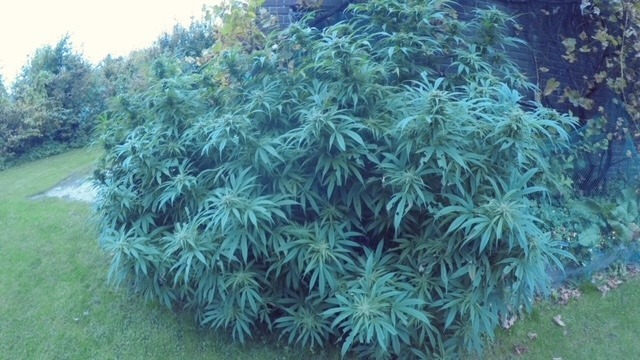
Tips to Increase Your Cannabis Yield During the Vegetative Stage in Outdoor Grows
Growing cannabis outdoors can lead to bountiful yields, but it requires careful attention during the vegetative stage to ensure plants develop strong roots, stems, and leaves. Here are five essential tips to boost your cannabis plant yields during this crucial phase.
1. Optimize Light Exposure
Utilize Natural Sunlight
The sun is a powerful source of energy for your cannabis plants. Position your plants in an area where they can receive maximum sunlight exposure throughout the day. Aim for at least 6-8 hours of direct sunlight daily. If possible, place your plants in a location where they receive morning sunlight, as it is less intense than afternoon light and helps avoid heat stress.
Adjust Plant Positioning
Monitor the sun’s path and adjust your plant positioning to maximize light exposure. If you have plants in pots or movable containers, rotate them regularly to ensure even light distribution on all sides. This will prevent uneven growth and promote a bushier, healthier plant.
2. Implement Training Techniques
Topping
Topping involves cutting off the top of the main stem to encourage the growth of multiple colas (bud sites). Here’s how to do it:
- Wait until your plant has developed at least 4-6 nodes.
- Use sterilized scissors to cut the main stem just above the 3rd or 4th node.
- This process redirects the plant’s energy to the side branches, resulting in a fuller canopy and more bud sites.
Low-Stress Training (LST)
LST involves gently bending and securing branches to create an even canopy and improve light penetration. Here’s how to implement LST:
- Select flexible branches and carefully bend them away from the plant’s center.
- Use soft ties or garden wire to secure the branches to stakes or the ground.
- Continue to adjust and tie down branches as the plant grows, ensuring an even canopy.
3. Maintain Optimal pH Levels
Soil pH
Cannabis plants thrive in slightly acidic soil. The optimal pH range for cannabis is between 6.0 and 7.0. Regularly test the pH of your soil using a pH meter or pH test kit. Maintaining the right pH ensures that your plants can absorb essential nutrients effectively.
Adjusting pH
If the soil pH is too high (alkaline) or too low (acidic), use pH adjusters to bring it within the optimal range. For example:
- To lower pH: Add organic matter like compost or use sulfur-based products.
- To raise pH: Use lime or wood ash.
Consistently monitoring and adjusting pH levels helps prevent nutrient lockout and promotes healthy growth.
4. Enhance Root Development
Root Stimulators
Use root stimulators to encourage vigorous root growth during the vegetative stage. These products often contain beneficial microbes, mycorrhizae, and vitamins that enhance root development. Follow the manufacturer’s instructions for application, typically adding the stimulator to your watering schedule.
Transplanting
Transplanting your plants into larger containers or directly into the ground can prevent root-bound issues and promote healthy root development:
- Choose a larger container or prepare a planting hole with fresh, high-quality soil.
- Gently remove the plant from its current container, being careful not to damage the roots.
- Place the plant in the new container or hole, filling in with soil around the root ball.
5. Prune and Trim Effectively
Removing Lower Leaves
Removing lower leaves and small branches that receive little light can help your plant direct its energy to the main growth areas. This technique, known as lollipopping, improves airflow, reduces the risk of pests, and promotes bud development.
Regular Trimming
Regularly trim your plants to maintain their shape and encourage bushier growth:
- Use sterilized scissors to trim back overgrown branches and leaves.
- Focus on areas that block light to the lower parts of the plant.
- Trim any dead or yellowing leaves to improve overall plant health.
Defoliation
Consider defoliation, which involves removing some of the larger fan leaves to allow more light to penetrate the lower branches. This can be particularly beneficial for outdoor plants with dense foliage. However, be cautious not to remove too many leaves, as they are essential for photosynthesis.
Conclusion Vegative stage:
Increasing cannabis plant yields during the vegetative stage in an outdoor grow requires a combination of optimizing light exposure, implementing effective training techniques, maintaining optimal pH levels, enhancing root development, and pruning and trimming effectively. By focusing on these five areas, you can create a strong foundation for your plants, leading to healthier growth and higher yields during the flowering stage. Whether you’re a novice grower or an experienced cultivator, these tips will help you maximize the potential of your outdoor cannabis garden. Happy growing!
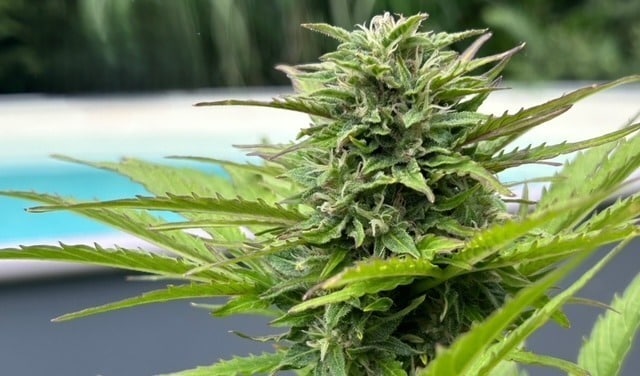
Tips to Increase Your Cannabis Yield During the Flowering Stage in Outdoor Grows
Cultivating cannabis outdoors presents unique opportunities and challenges, especially during the flowering stage when plants focus on bud production. To maximize yields, it’s essential to provide optimal care and make strategic adjustments. Here are five tips to help you increase cannabis plant yields during the flowering stage in outdoor grows.
1. Adjust Nutrients by Adding PK 13/14
Importance of Phosphorus (P) and Potassium (K)
During the flowering stage, cannabis plants require higher levels of phosphorus and potassium to support bud development and overall plant health. These nutrients are crucial for the formation of flowers and enhancing the plant’s stress resistance.
Using PK 13/14
PK 13/14 is a concentrated nutrient supplement that provides an extra boost of phosphorus and potassium. Here’s how to use it effectively:
- Timing: Start using PK 13/14 about three weeks into the flowering stage. This timing ensures that the plants receive the nutrients just as they begin to develop buds.
- Dosage: Follow the manufacturer’s recommendations for dosage. Typically, a gradual introduction with increasing concentration over a week or two is ideal.
- Application: Mix PK 13/14 with your regular nutrient solution and water the plants thoroughly. Ensure even distribution to prevent nutrient burn.
Benefits
Proper use of PK 13/14 can lead to larger, denser buds, improving both the quantity and quality of your harvest. By providing the right nutrients at the right time, you can significantly enhance your plants’ flowering potential.
2. Use Nets or Trellises to Support Branches with Buds
Benefits of Support Structures
As cannabis plants flower, their branches can become heavy with developing buds, making them susceptible to bending or breaking. Using support structures helps maintain plant integrity and maximizes light exposure.
Implementing Nets and Trellises
- Choosing the Right Support: Select sturdy nets or trellises that can withstand outdoor conditions. Options include nylon nets, metal trellises, or plastic supports.
- Installation: Set up your net or trellis during the late vegetative stage or early flowering stage. Position the support about 12-18 inches above the soil to allow branches to grow through.
- Securing Branches: As the buds grow, gently secure the branches to the net or trellis with soft ties. This prevents branches from sagging and breaking under the weight of the buds.
Benefits
Using nets or trellises supports the weight of heavy buds, preventing branch breakage. It also helps create an even canopy, ensuring all buds receive ample sunlight and airflow, which promotes healthy growth and maximizes yields.
3. Be Patient and Give Your Plants Time to Finish Flowering
Importance of Patience
The flowering stage can take anywhere from 6 to 12 weeks, depending on the strain. Patience is crucial during this time to allow your plants to fully mature and develop their maximum potential.
Monitoring Maturity
- Trichome Development: Use a magnifying glass or a jeweler’s loupe to examine the trichomes on the buds. Harvest when trichomes are mostly milky with some turning amber for the best potency and flavor.
- Pistil Color: Observe the pistils (hairs) on the buds. They should turn from white to reddish-brown and curl inwards, indicating that the buds are nearing maturity.
Benefits
Allowing your plants to fully mature ensures that the cannabinoids and terpenes reach their peak levels, enhancing the potency, flavor, and overall quality of your harvest. Patience during this stage can significantly increase the yield and quality of your cannabis.
4. Keep Plants Dry to Prevent Bud Rot
Importance of Dry Conditions
Outdoor cannabis plants are susceptible to bud rot (botrytis), especially in humid or rainy conditions. Keeping your plants dry is crucial to prevent this devastating issue.
Strategies to Prevent Bud Rot
- Canopy Management: Ensure proper spacing between plants to promote airflow. Prune excess foliage to allow better air circulation within the canopy.
- Weather Protection: Use tarps or greenhouse covers during rainy weather to keep plants dry. Ensure the covers allow for ventilation to avoid trapped humidity.
- Morning Sunlight: Position your plants to receive morning sunlight, which helps evaporate dew and moisture quickly.
Benefits
Preventing bud rot by keeping your plants dry ensures that your hard work doesn’t go to waste. Healthy, dry buds are essential for maximizing yield and maintaining high quality.
5. Don’t Harvest Too Early But Certainly Not Too Late Either
Timing Your Harvest
Harvesting at the right time is critical for maximizing yield and potency. Harvesting too early can result in lower cannabinoid content, while harvesting too late can lead to degraded THC and overripe buds.
Indicators of Readiness
- Trichome Color: The color of the trichomes is the most reliable indicator. Harvest when most trichomes are milky with some turning amber for the ideal balance of potency and flavor.
- Pistil Development: Harvest when around 70-90% of the pistils have turned from white to brown and curled inwards.
Benefits
Harvesting at the optimal time ensures that your buds have the highest possible cannabinoid content and the best flavor profile. Proper timing can significantly impact the overall yield and quality of your cannabis.
Conclusion How to Increase Your Cannabis Yield in Flowering Stage:
Increasing cannabis plant yields during the flowering stage in an outdoor grow requires careful management and strategic interventions. By adjusting nutrients with PK 13/14, using nets or trellises to support heavy branches, being patient and allowing your plants to fully mature, keeping them dry to prevent bud rot, and harvesting at the right time, you can maximize your yields and achieve a high-quality harvest. These tips are essential for any outdoor grower aiming to get the most out of their cannabis plants. Happy growing!
Maximizing Yield: The Art of Topping Cannabis Plants
Protecting Cannabis from Snails: Comprehensive Strategies for Outdoor Growers
Guide to Easy and Natural Cannabis Cultivation



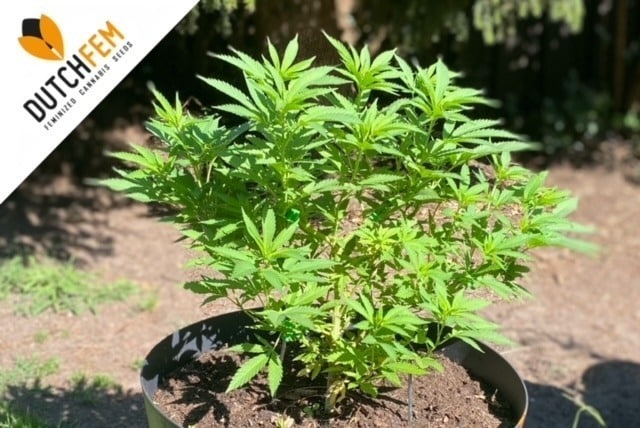
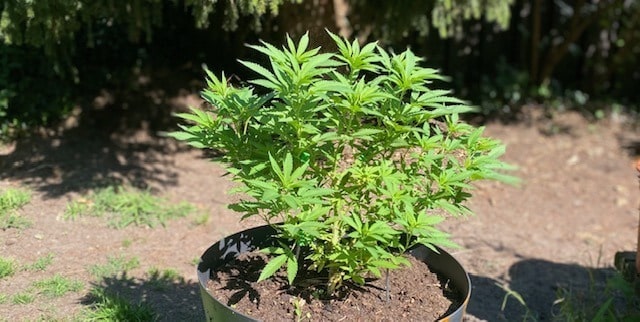
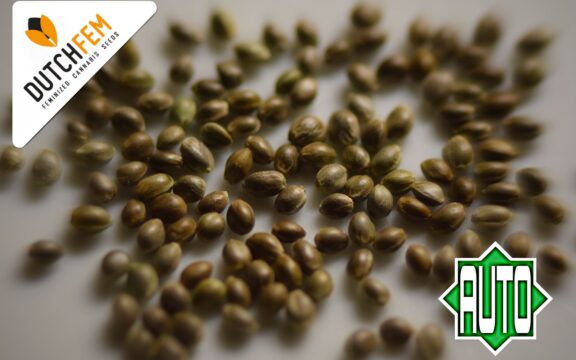
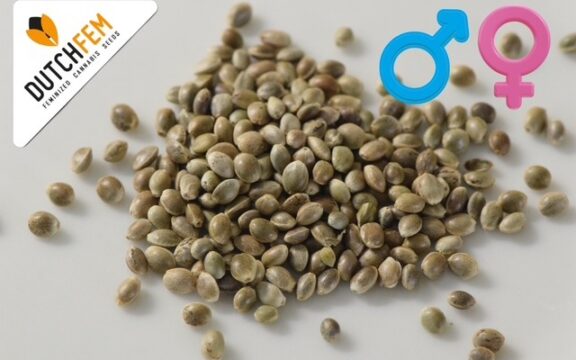
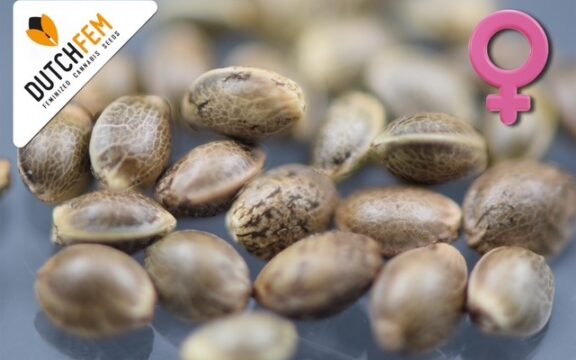








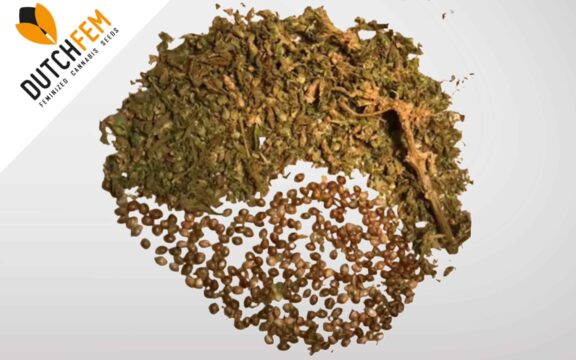




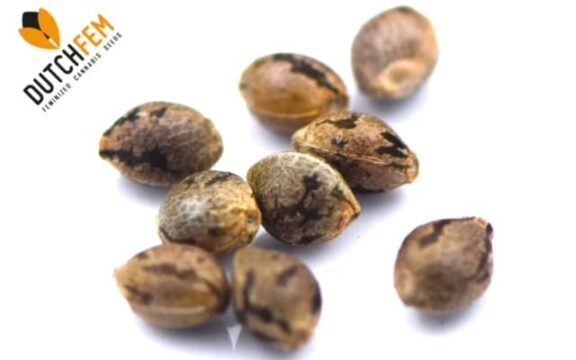



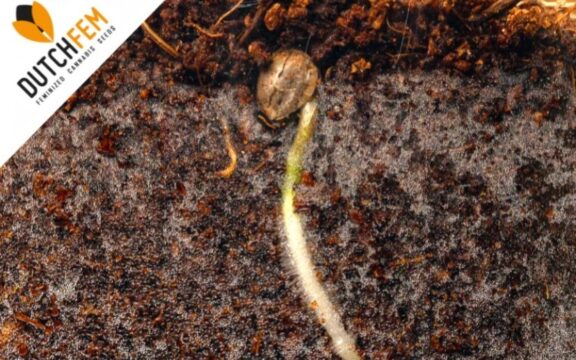







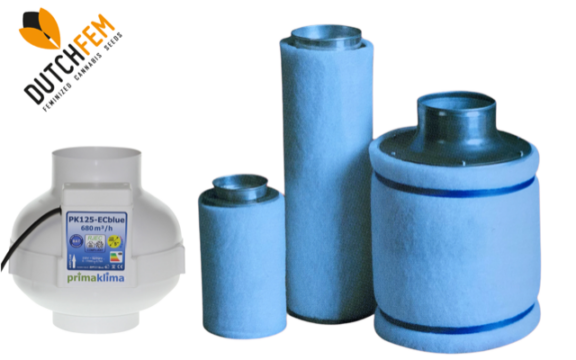






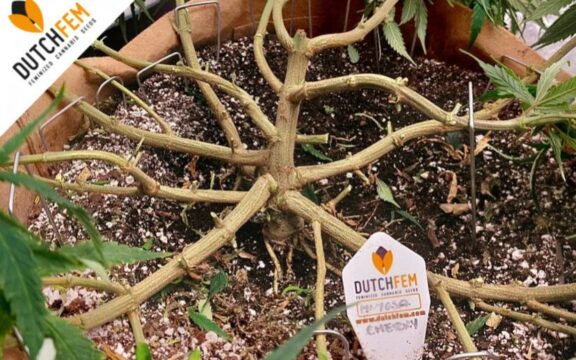




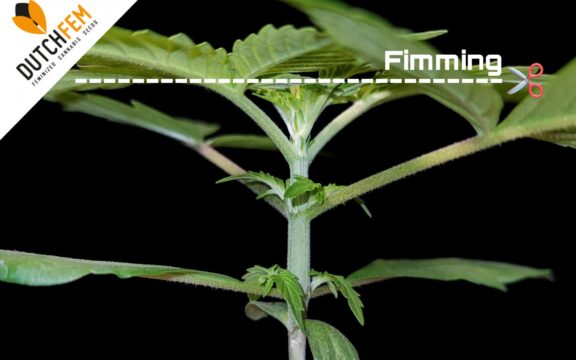




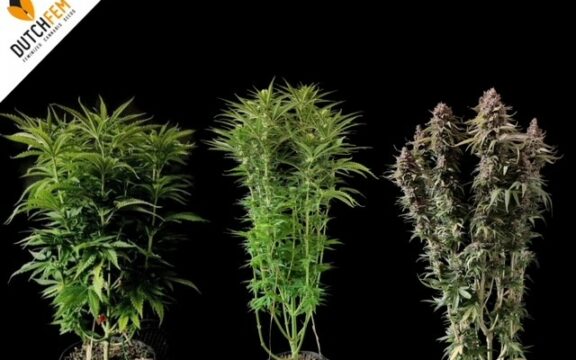





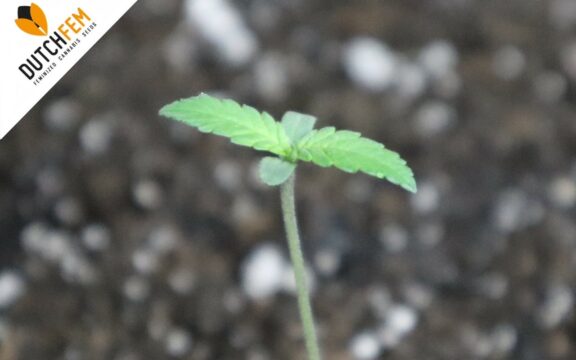

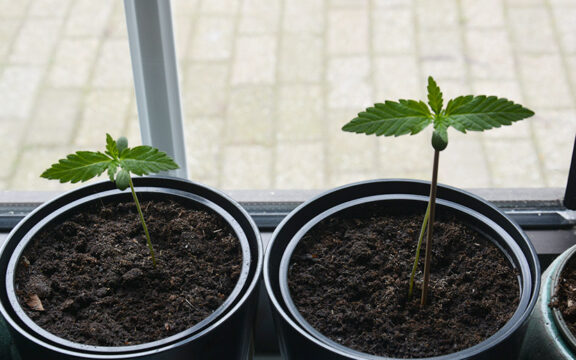
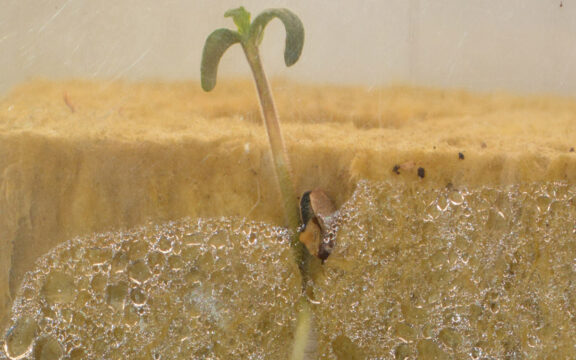




You must be logged in to post a comment.